Located in the Bohemia region, Prague is one of those cities that can seem inaccessible on the surface, due to the language barrier, and I felt so at the beginning; but when we accept our ignorance, it seems that another world, a new world, reveals itself with greater depth… In this riverside capital, crossed by the Vltava River and dominated by two medieval castles, revived a question I have been asking myself for several years: what inspired the greatest composers, writers and artists who lived there? The answer lies somewhere in Prague’s historic centre…
The historic centre, listed as a UNESCO World Heritage Site since 1992, comprises the Old Town (Stare Mĕsto), where I stayed, the Lesser Town and the New Town (Nove Mĕsto). This ensemble displays a rich diversity of architecture, from the Middle Ages to recent modernism, with traces of the Renaissance and its Gothic buildings still visible.
Prague played a decisive role in the development of Christianity in the Middle Ages, which attracted many architects and artists over the centuries. Nowadays, the city counts many churches, earning it the nickname ‘the city of a hundred spires’! Here below you can see the South tower and Golden Gate of the St. Vitus cathedral, in the Prague Castel complex (Pražský hrad). Built around 880, the estate covers a very large area consisting of palaces and churches in various architectural styles (Gothic, Baroque, Renaissance).

The Hradčany (which covers the Castle’s complex) and Malá Strana districts (left) is separated from the Old Town by the Vltava River and the famous Charles Bridge, which connects the two banks. This bridge takes its name from Charles IV, Holy Roman Emperor and son of the Count of Luxembourg. In the 14th century, Charles IV founded the Charles University, modeled on the University of Paris (faculties of Arts, Medicine, Law and Theology), making Prague a centre of learning and a hub for cultural and intellectual exchange. The city has seen the likes of Albert Einstein (1879-1955), Wolfgang Amadeus Mozart (1756-1791), local figures like Antonin Dvořák (1841-1904), Bedřich Smetana (1824-1884), Franz Kafka (1883-1924), Rainer Maria Rilke (1875-1926), and many more!
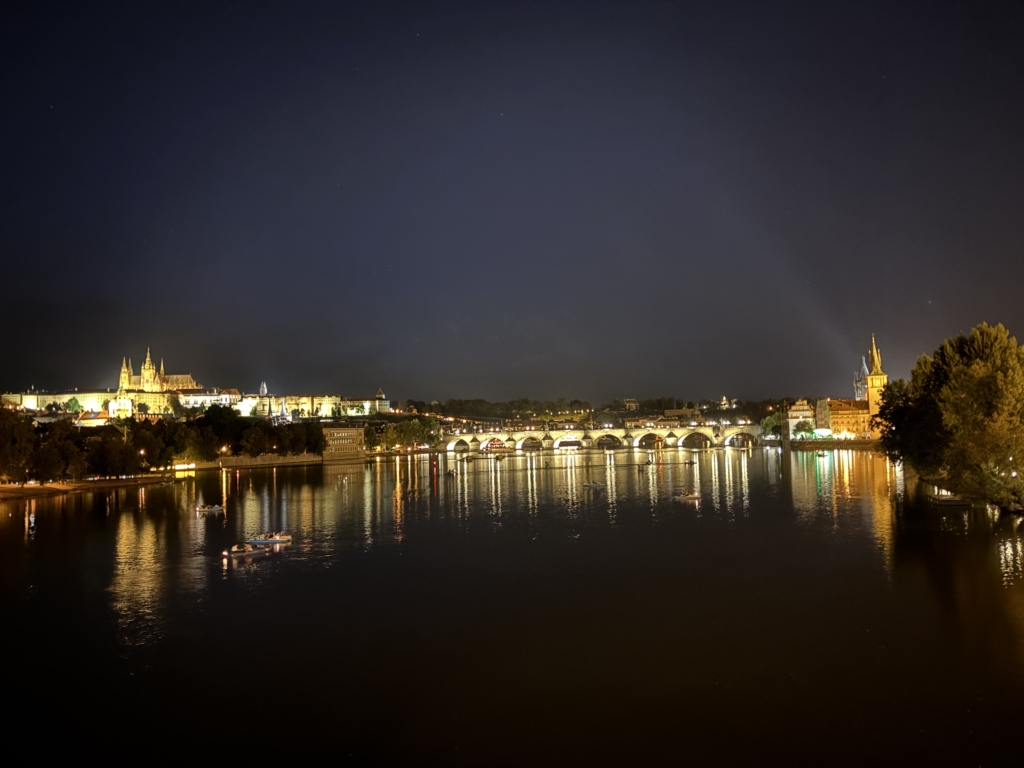
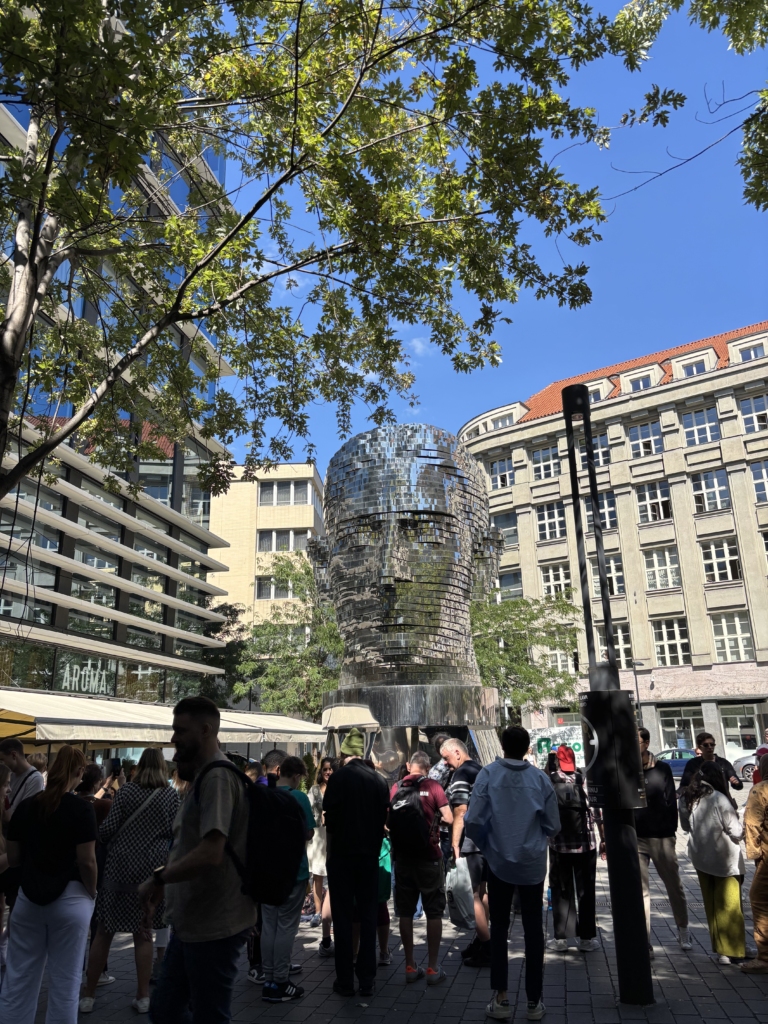
Speaking of facts : Hrad means ‘castle’ in Czech. The second castle overlooking the city, in the lower district, is Vyšehrad, which has fundamentally inspired the two composers Antonín Dvořák and Bedřich Smetana in their works and symphonic poems (Smetana’s work Má Vlast begins with a poem titled Vyšehrad, followed by Vltava or Die Moldau) !


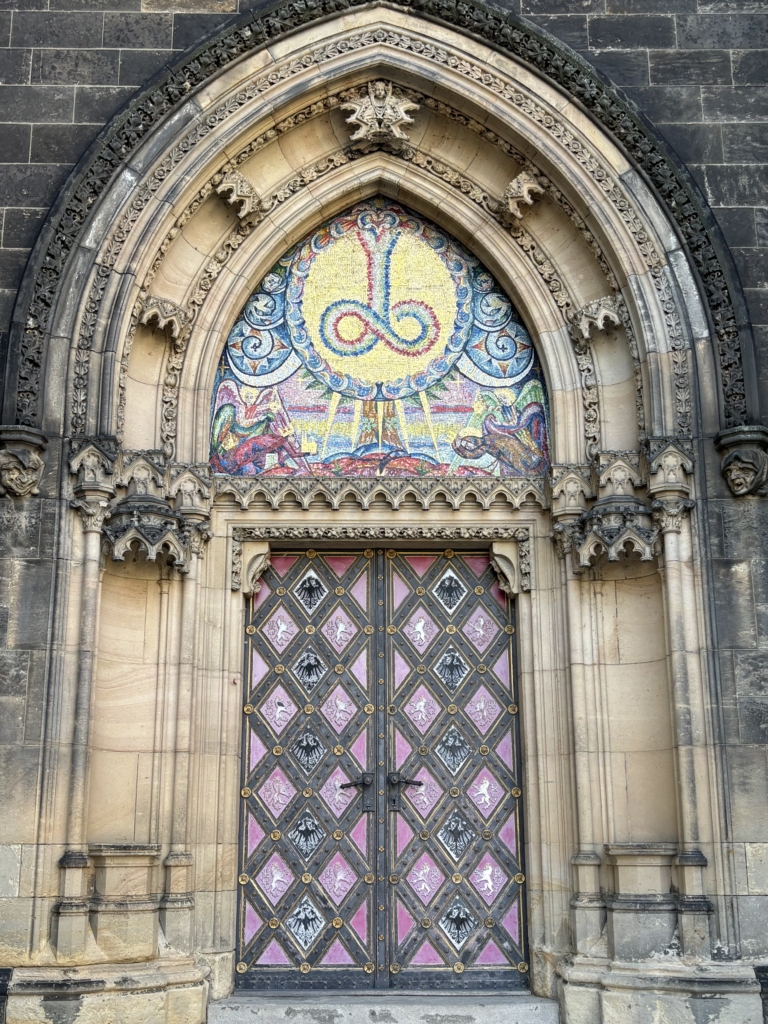
More than music, these music works tell a story and bear witness to an era and traditions. The second movement of Má Vlast for example, Vltava, takes up the rhythm of a polka, a traditional 19th-century Bohemian dance performed at peasant weddings, celebrations and salons. If you take a few minutes to listen to it, you will certainly recognize the moment where the rhythm changes (timecode is around 4 min depending on the version), right before the arpeggios of flutes, clarinets and harp appear, painting a mystical scene where fairies seem to frolic in the moonlight; a scene straight out of 19th-century Romanticism!
Imagine yourself in 1874. Smetana finishes his symphonic poem, perhaps one of the most grandiose ever written, and at the end of his manuscript, upon its publication, he notes: ‘I am now completely deaf.’ He never heard what would become of his work, and that is what makes it all the more impressive!
Let us now return to the heart of the city, where several monuments of architectural significance to Prague’s history stand side by side. Here you can see the Old Town Hall (1338), the oldest institution of Czech self-government, with the astronomical clock, symbol of Prague’s cultural heritage.
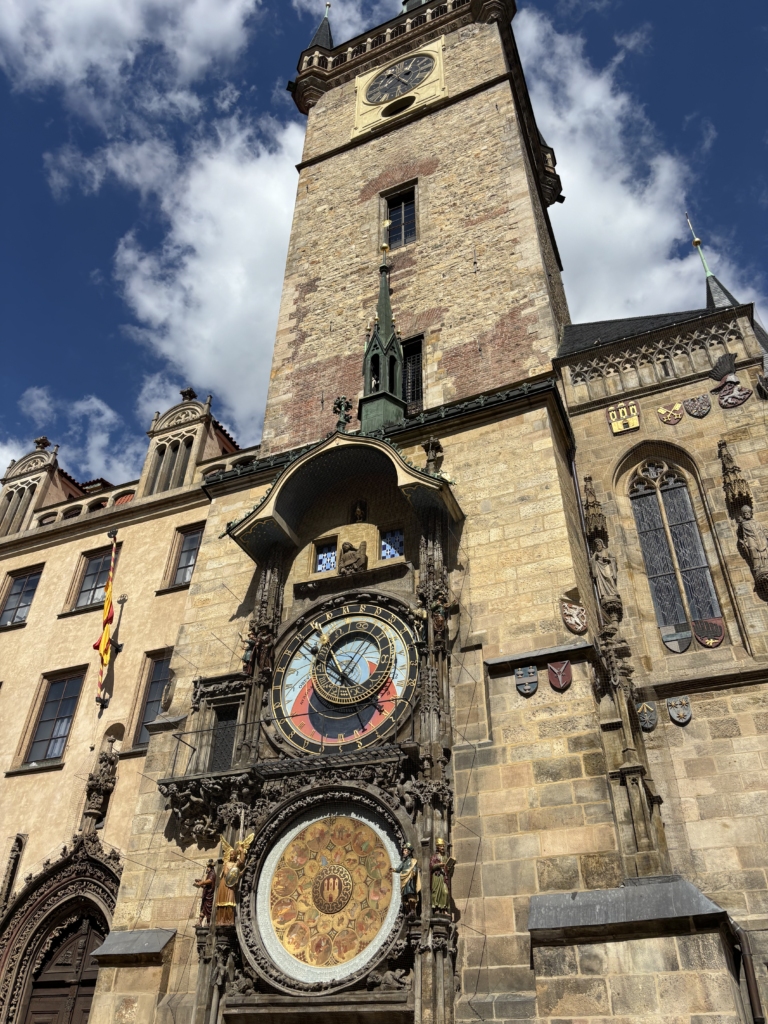
Prague’s architecture has served as a reference point for urban development across much of Central and Eastern Europe. Here is another perspective on the variety of architectural traditions. These buildings reflect yet another style, as they feature murals or paintings covering a specific historical period within the city’s 1,100-year history! They are therefore a valuable resource, as they bear the imprint of the civilisations that came before us!

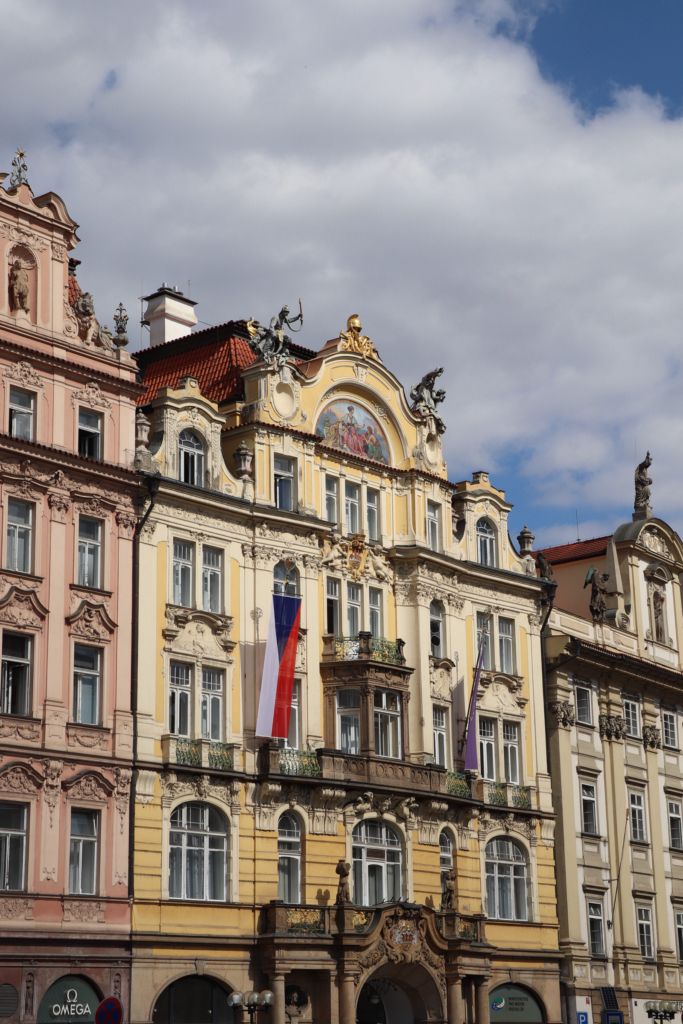
Finally, I met Karolina, a teacher-doctoral student at the University of Prague and participant in the first edition of the Young Travelling Programme in 2018! We met in a cosy café, over coffee and… Austrian pastries! Linecký koláč, Linzer Torte in German, which gave me a taste of my next destination!

This is where my stay in Prague ends. I enjoyed it very much.
As paradoxical as it may seem, when travelling, we seem to have an unconscious and natural reflex to seek out people who speak our language, who come from the same country as us, who share some of our traditions; perhaps because when faced with a sea of strangers, we need a shore to moor ourselves to. Sitting on a bench by the Vltava River, on my first morning there, a man sat next to me and, after sharing a few words in English, he told me that fear holds us back, but it also forces us to move forward. It sort of gave me a boost during my stay. Whether you understand its language or not, Prague is a city that whispers many things, and from what I saw and felt in the short time I was there, it speaks not only with words, but also with its architecture and its music…
May Life and its journey make you an artist!
See you in Salzburg, dear travelling companions!


